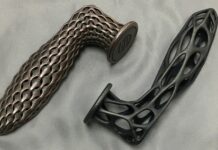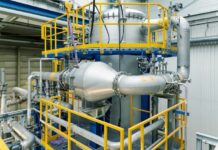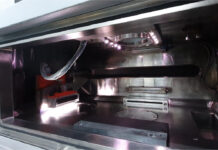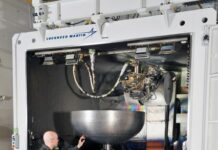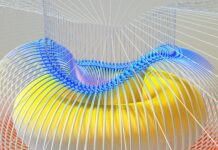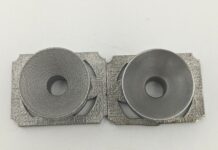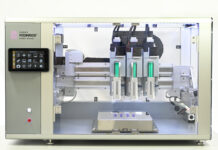What’s Electroplating and when should we use it for 3D printed parts?
Like a wide range of post-processing tasks used for 3D printed parts, electroplating aims to enhance the physical properties of the part through increased wear resistance, corrosion protection or aesthetic appeal, as well as...
Key considerations to take into account for the production of 3D Printable stainless steel powders
There are a number of reasons why one can select stainless steel for additive manufacturing (AM) processes, including its superior corrosion, mechanical properties compared with other steel types (meaning that the component will last...
Updated: Large format Additive Manufacturing: Materials, Software and Costs
The article has been updated to reflect the fact that "most industrials often have in mind the use of machines with build volumes around 1 m3".
Most adopters of Additive Manufacturing (AM) share the same...
What’s the right recoater for your metal AM process?
It might be easy for engineers or designers to think that, because they are not directly involved with the manufacturing of parts, they shouldn’t know about certain complexities surrounding the hands-on operation of machines....
Electron Beam Additive Manufacturing is an ideal production candidate for large-scale parts, yet still lags far behind in adoption. Here is why.
On the metal 3D printing market, DED and LPBF are often the first technology processes that come to one’s mind when looking to produce large-scale parts. Yet, behind the large-scale 3D printed parts built...
A closer look at Robotic 3D printing – what really slows down the adoption at scale
If you want to manufacture parts that measure up to 30 meters in a single printing operation; if you want this production to be automated and accurately repeated, there is a great chance that...
What are the different design tools in the DfAM toolbox?
A few years ago, to understand how to “rethink design” while taking into account AM technologies’ capabilities, we discussed the transition from Design for Manufacturing (DfM) to Design for Additive Manufacturing (DfAM). The dossier...
Postprocessing 3D Printed Medical Devices via Electrochemistry: PECM
In recent years, the orthopedic device manufacturing industry has leveraged rapid prototyping technology to produce patient-specific implants. Most notably, additive manufacturing methods have been increasingly utilized to produce custom metal or PEEK implants for...
3D Pharma Printing: the path towards clinical applications
One of the great complexities in projecting the prescription drug benefit costs for future benefit years lies in tracking new therapies in the pharmaceutical development pipeline and anticipating both their release date and the...
How do we use resin 3D printing materials in the healthcare industry? – Beyond dental applications
Among the wide range of 3D printing materials that can be used for medical devices, resins have often been harnessed and considered the materials of choice for dental applications. This was already considered a...


